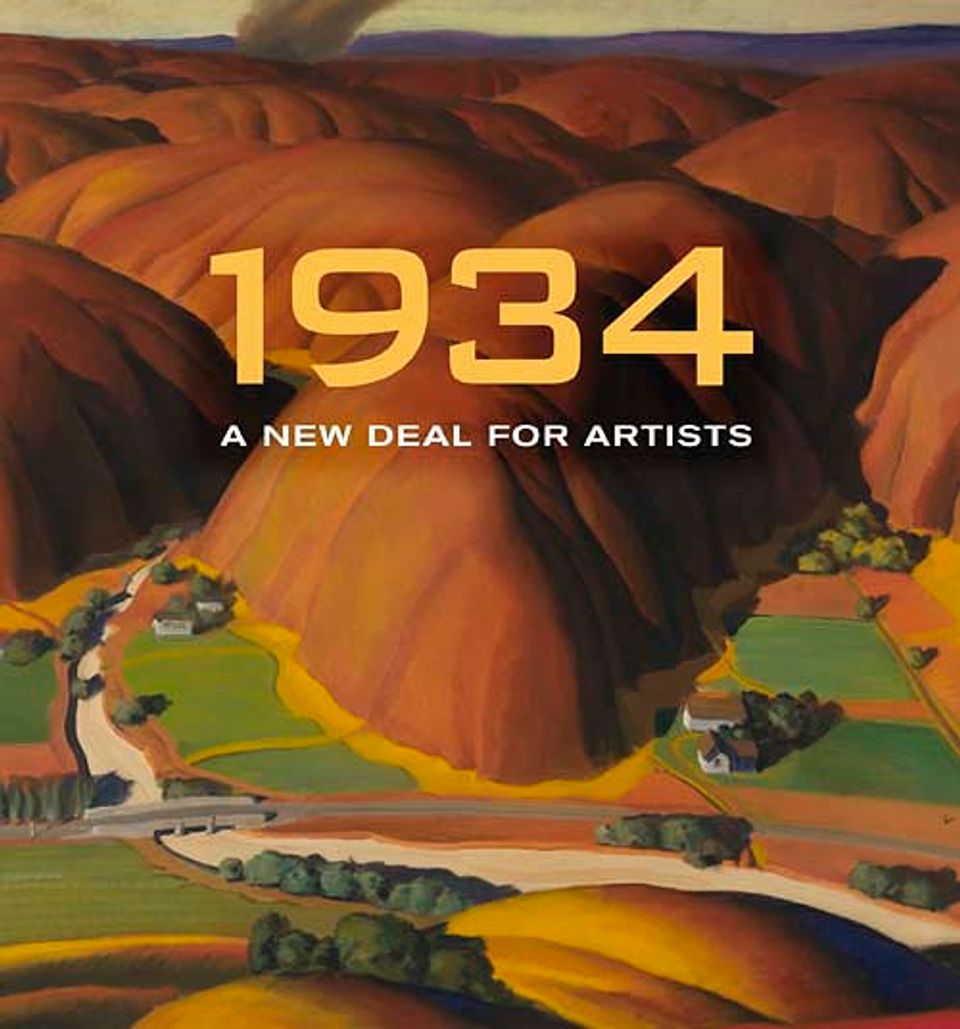Erle Loran, Minnesota Highway, 1933-1934, oil on canvas, 30 1⁄8 x 36 in. (76.5 x 91.5 cm.), Smithsonian American Art Museum, Transfer from the U.S. Department of Labor, 1964.1.104
Copied
Artwork Details
- Title
- Minnesota Highway
- Artist
- Date
- 1933-1934
- Location
- Not on view
- Dimensions
- 30 1⁄8 x 36 in. (76.5 x 91.5 cm.)
- Credit Line
- Transfer from the U.S. Department of Labor
- Mediums
- Mediums Description
- oil on canvas
- Classifications
- Subjects
- Landscape — road
- Landscape — farm
- Landscape — Minnesota
- Landscape — season — winter
- New Deal — Public Works of Art Project — Minnesota
- Object Number
- 1964.1.104
Artwork Description
1934: A New Deal for Artists exhibition label














